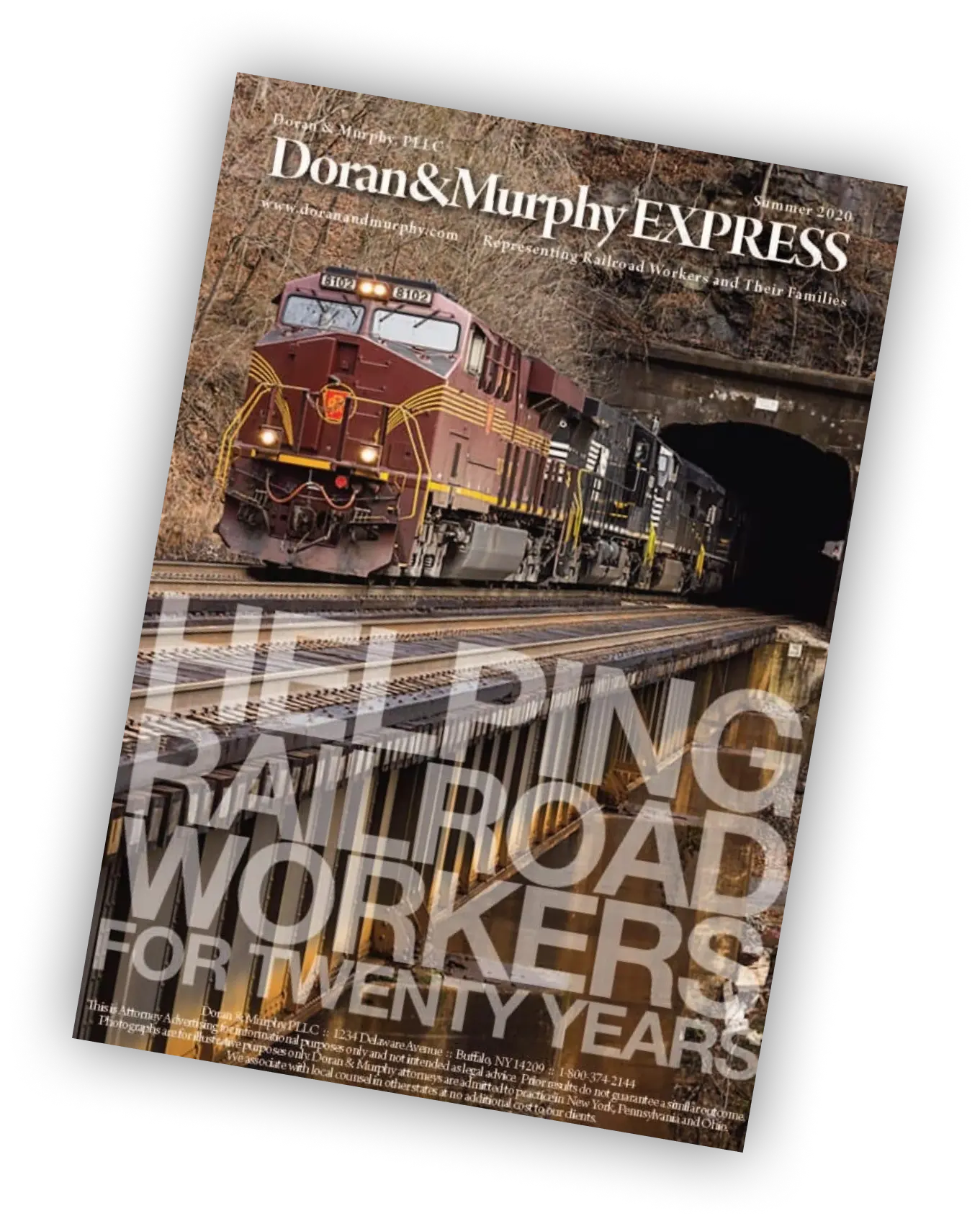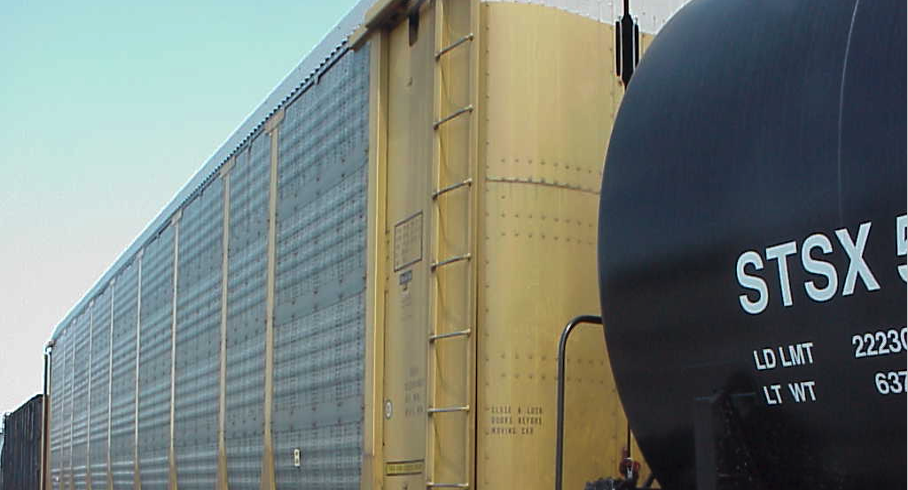
Railroads have used huge quantities of asbestos insulation over the last 100 years. The most glaring example of this was the asbestos insulation utilized on the boilers of railroad steam locomotives. Each steam locomotive contained between 4000-6000 lbs of asbestos containing insulation. Steam locomotives were largely phased out during the late 1950s by the major US railroads but unfortunately asbestos continued to be used by the railroad industry for many decades. While diesel locomotives contained less asbestos insulation than steam locomotives, they still utilized significant amounts of asbestos. Asbestos was also used to insulate railroad buildings, in railroad signal equipment, in railroad brakeshoes, and in other applications. While many railroads stopped purchasing new asbestos during the 1980s, they allowed asbestos insulation and asbestos containing products to remain in the railroad buildings and equipment until the 1990s and in many cases until the 2000s. As a result, thousands of railroad workers were unnecessarily exposed to asbestos, many of whom are now being diagnosed with cancer.
Asbestos in Locomotives and Railroad Cars
Testimony and evidence in many railroad cases has established that asbestos pipe insulation was widely used to insulate the hot water lines of locomotive cab heaters. Asbestos wrapped water lines were also present in locomotive bathrooms and in engine rooms. Importantly, testing by the railroads found that much of this insulation was friable, which means it could be easily crumbled by hand pressure. OSHA (Occupational Safety and Health Administration), NIOSH (National Institute of Occupational Safety and Health), EPA (Environmental Protection Agency) and other governmental health agencies have all recognized that friable asbestos is highly dangerous because of its propensity to cause cancer.
Railroad gaskets also contained asbestos for many years. Again, even though gaskets on locomotives built after the mid-1980s did not contain asbestos, the gaskets in older locomotives remained in use for many years and exposed workers to asbestos cancer risks, especially during the removal of old gaskets and installation and cutting of new gaskets.
Asbestos was also present in locomotive air compressor discharge lines and exhaust manifolds.
Railroad brakeshoes also contained asbestos during the 1960s, 1970s and early 1980s. As a result, railroad carmen were exposed to asbestos dust every time they changed these brakeshoes. Moreover, railroad transportation crews (engineers, firemen, conductors, brakemen, switchmen) were exposed to asbestos brakeshoe dust while switching in railroad yards, as well as on road jobs while riding in locomotives and cabooses.
Asbestos in Buildings
Asbestos insulation was used to insulate hot water and steam lines in building heating systems. These buildings included administrative offices, diesel repair shops, roundhouses, car shops, storage shops, tool houses, overnight accommodations for rail crews, and many other buildings. Often times the asbestos insulation was decades old and in deteriorated condition, which contributed to the release of asbestos fibers into the air. These fibers, once breathed in, greatly increased the risk of workers developing disease and cancer.
Asbestos was also widely used in vinyl floor tiles, ceiling tiles, drywall, plaster, exterior walls (transite board), and roofing materials.
The asbestos insulation used in these buildings put all railroad workers present in these buildings at risk for asbestos-related cancer, including clerks, yardmasters, machinists, pipefitters, carmen, electricians, laborers, and other repair workers.
Asbestos in Signal Systems
Railroad signal systems regularly used asbestos transite boards in relay houses and signal houses which controlled the railroad signal systems. Signal maintainers and signalmen would regularly have to drill holes in the asbestos transite boards which exposed these workers to very high and dangerous levels of asbestos. In fact, at least one major railroad was fined by OSHA in 1989 for asbestos in railroad signal systems. Asbestos was also used in transite pipes which contained signal wiring and were buried underground. Signal workers who handled these pipes often had to cut the pipes to size which also led to significant exposures.
Other Uses of Asbestos
Asbestos was also used in many other ways by railroads, including the asbestos rope used by track workers to repair rail pull-aparts, asbestos welding gloves and aprons, asbestos heatshields used in cabooses and passenger car heating systems.
The railroads were aware that OSHA has concluded that when it comes to asbestos exposure there is no “safe” level of exposure. (See https://www.osha.gov/asbestos). Despite this awareness, many railroads failed to train or educate workers, failed to provide appropriate respiratory protection, and delayed abating asbestos hazards. If you or a loved one worked for the railroad and suffer from cancer, feel free to call the experienced railroad attorneys at Doran and Murphy PLLC for a free consultation.





